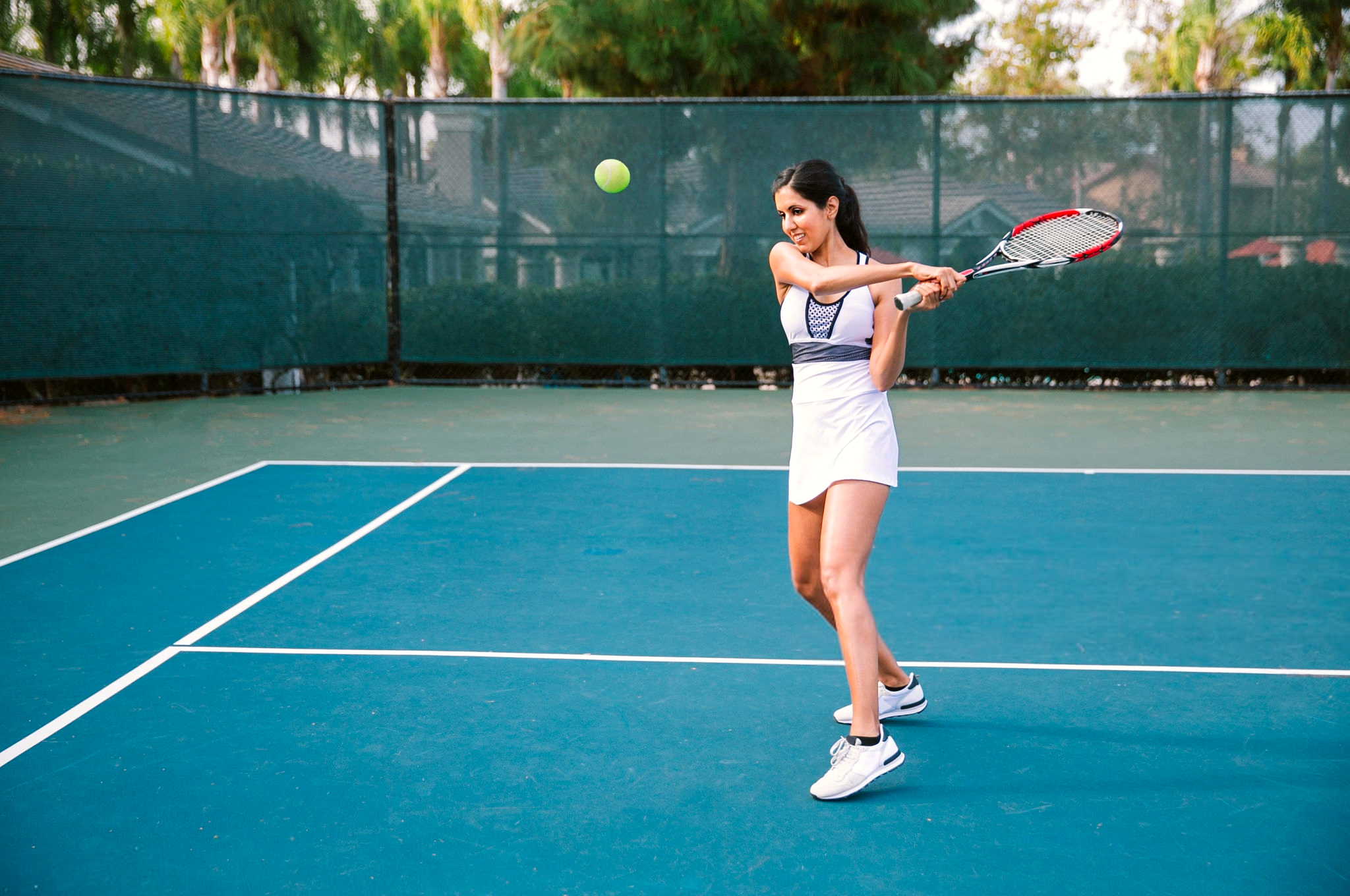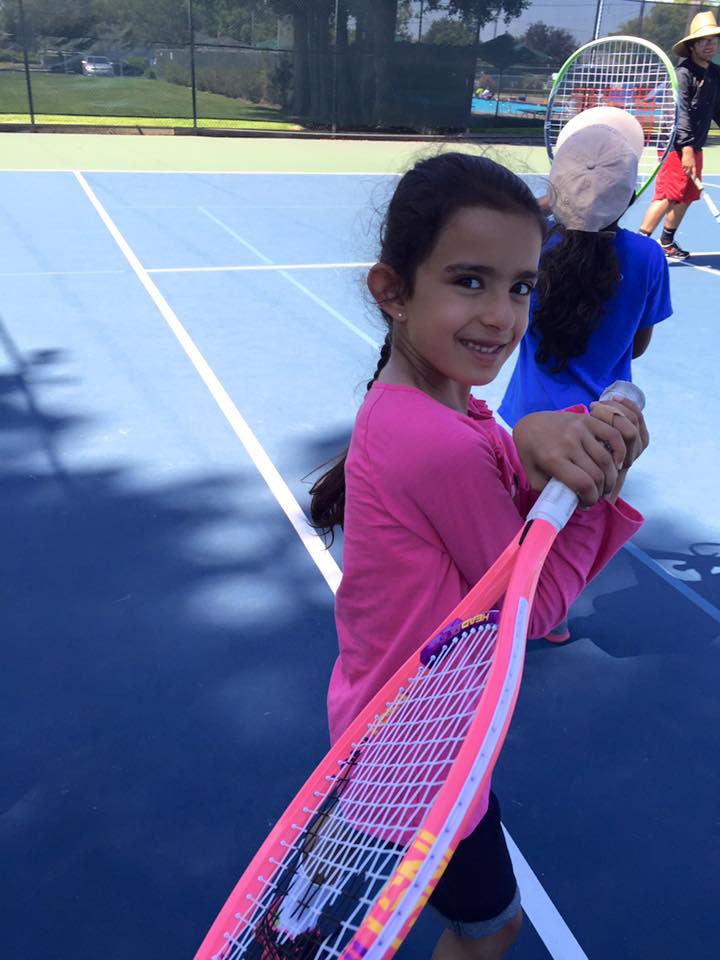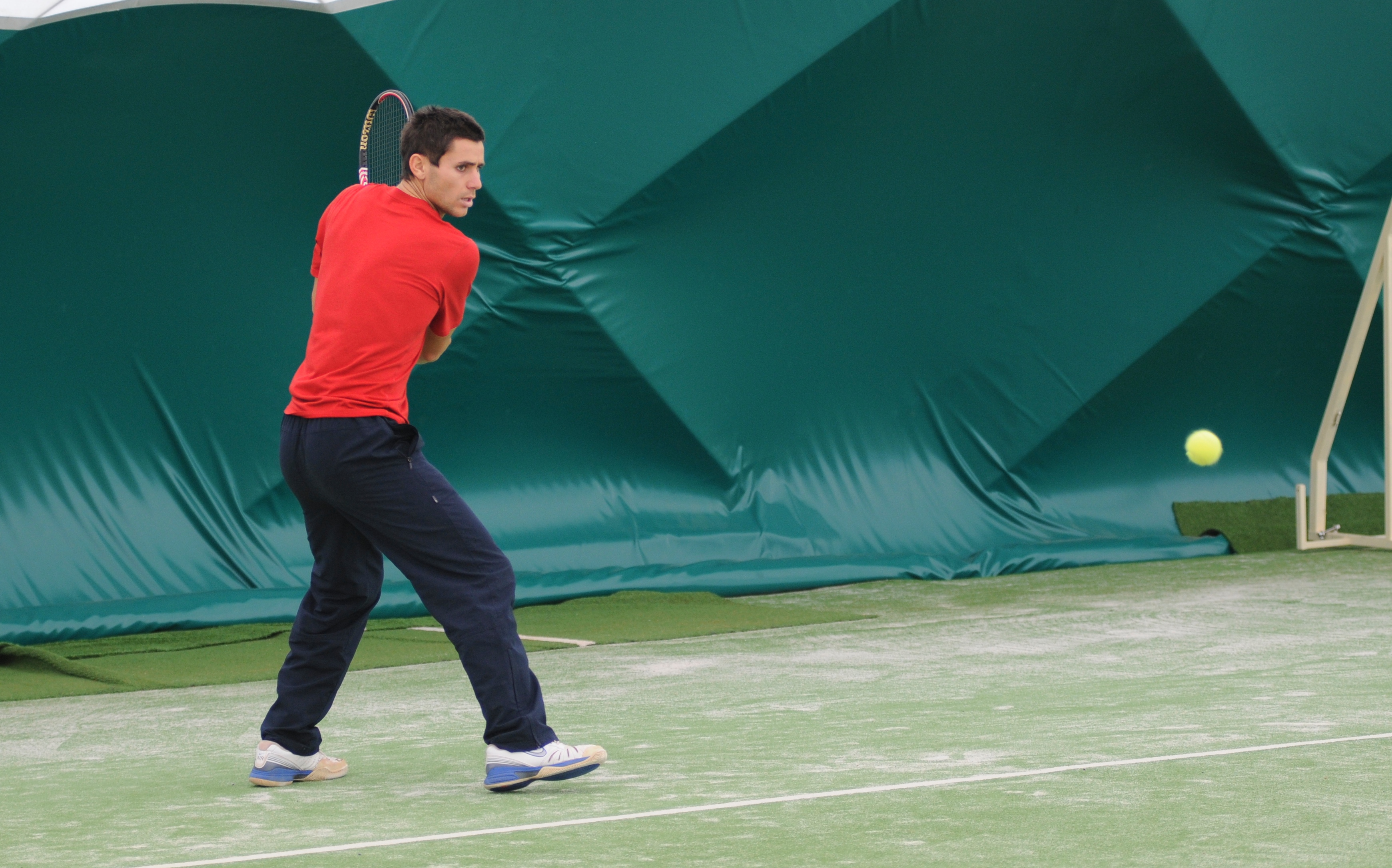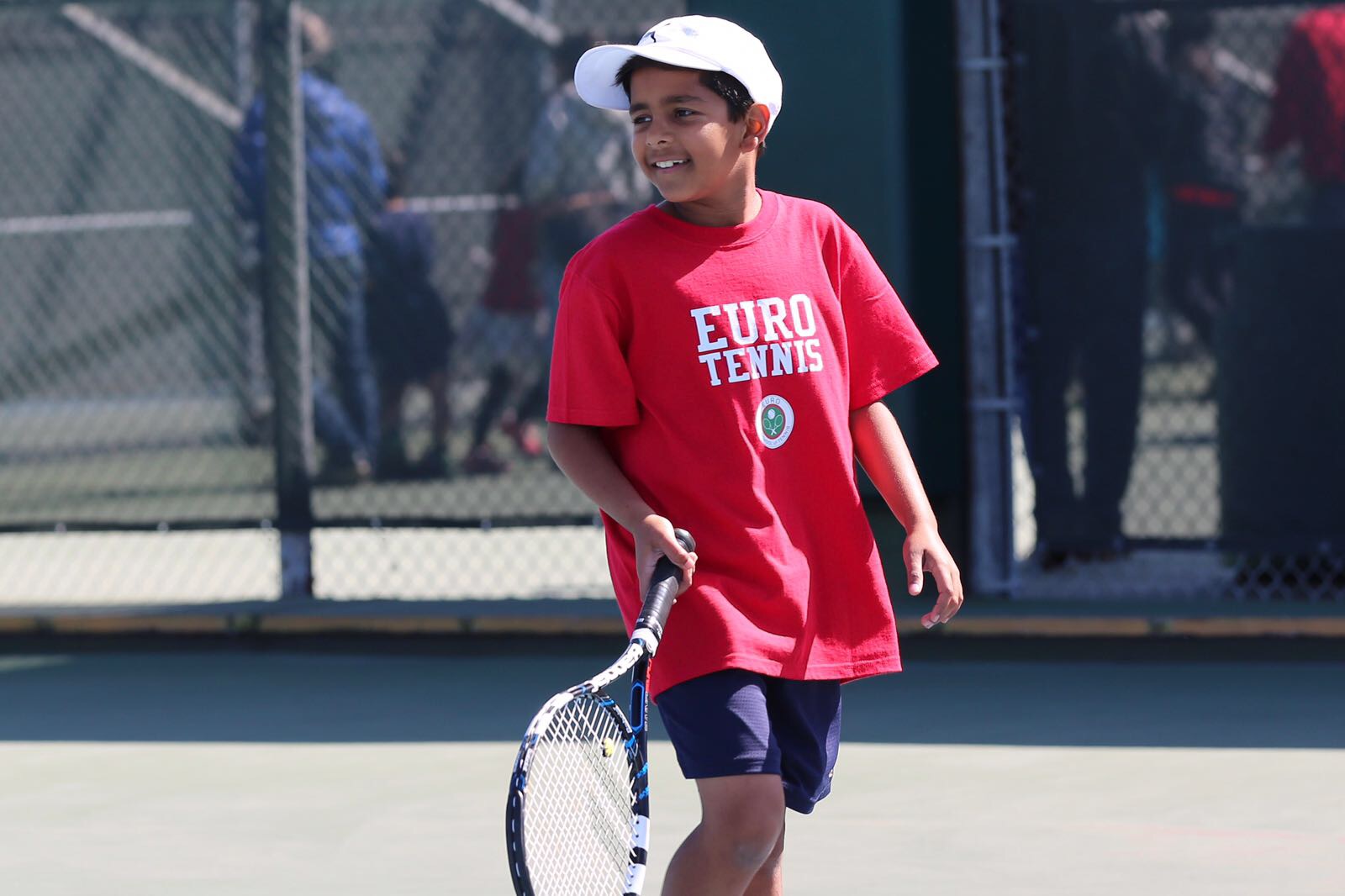How to Anticipate the Next Serve in a Match?
Posted in: Blog | Published on: February 26, 2024 | Written By: admin
Looking for a solid edge in the next match? The ability to anticipate your opponent’s serve can help you prepare for that incoming shot and position yourself on the court well. Wondering how to do it? Take a look.
It Starts When You Study Your Opponent
One of the most effective ways to anticipate serves is by studying your opponent’s patterns and tendencies. Pay attention to their body language, racquet position, and ball toss during previous serves. Recognizing these cues can give you valuable information about the type and direction of the upcoming serve.
Be Sure You Focus on the Ball Toss
The ball toss is a crucial indicator of the serve’s direction. Observe the height, placement, and spin of your opponent’s toss. A high toss may indicate a kick serve, while a low toss might signal a flat or slice serve. By honing in on these details, you can make more informed predictions about the serve.
Look at the Face of the Racquet
The position of your opponent’s racquet face during the toss can reveal a lot about the serve they are about to deliver. A closed racquet face may suggest a slice serve, while an open face could indicate a kick or topspin serve. Train your eyes to quickly pick up on these subtle variations.
The Placement of Their Feet Matter
Pay attention to your opponent’s foot placement before they serve. The angle of their feet can provide insights into the intended direction of the serve. A closed stance may suggest a serve towards the body, while an open stance could signal a serve to the wider angles.
Be Aware of Match Context
Consider the context of the match, including the score and your opponent’s tendencies under pressure. Players often rely on their go-to serves during crucial points. Understanding your opponent’s preferred choices in specific situations can help you anticipate their next move.
Practice Reaction Drills
Sharpen your anticipation skills through reaction drills with a practice partner. Have them serve from various positions, and focus on reading their cues to anticipate the direction and type of serve. Regular practice will improve your ability to make split-second decisions.
Remember, anticipation is a skill that develops with experience and keen observation. By consistently working on these techniques and staying attuned to your opponent’s habits, you’ll enhance your ability to anticipate serves and gain a valuable advantage on the court.
 R
R 



